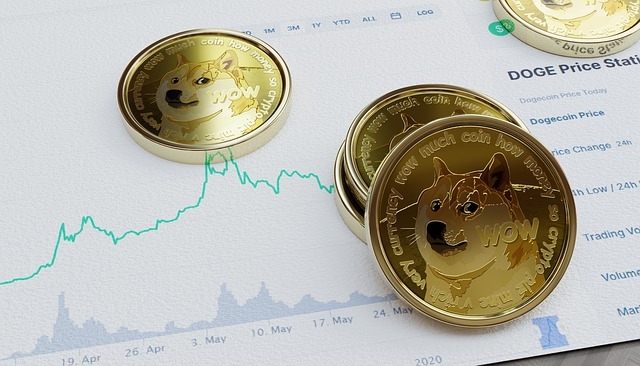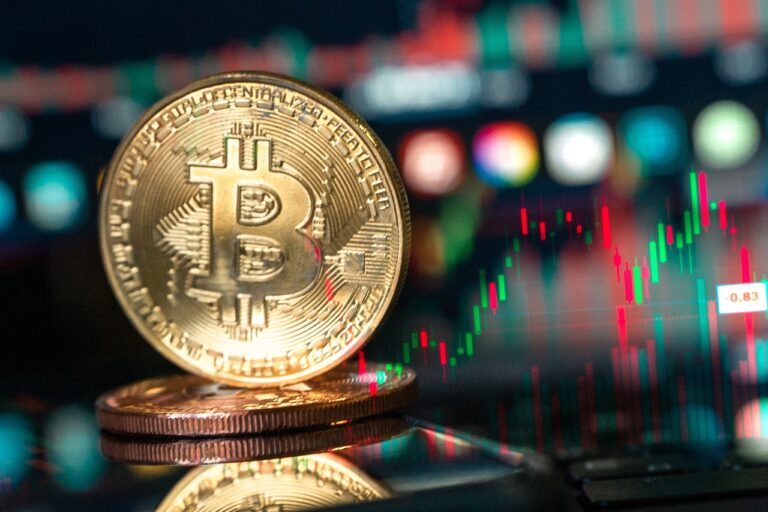- Crypto enthusiasts eagerly await Bitcoin’s upcoming ‘halving’ event, a pivotal change in the cryptocurrency’s technology designed to slow the rate of new coin creation.
- Scheduled to occur roughly every four years, this halving underscores Bitcoin’s scarcity and potential market impact, with divided opinions among experts on its effect on prices and market dynamics.
In the world of cryptocurrencies, anticipation is building as Bitcoin aficionados eagerly await the next ‘halving’ event scheduled for Friday. This event marks a significant change in the underlying technology of Bitcoin, aimed at reducing the rate of new coin creation.
The concept of ‘halving’ was ingeniously integrated into Bitcoin’s code at its inception by the mysterious Satoshi Nakamoto. It’s a mechanism designed to slow down the creation of new bitcoins, occurring roughly every four years. This reduction in new supply is seen by many as a fundamental aspect of Bitcoin’s monetary policy.
Chris Gannatti, Global Head of Research at asset manager WisdomTree, has described the halving as “one of the biggest events in crypto this year.” Indeed, it represents a pivotal moment for Bitcoin enthusiasts worldwide.
According to CoinGecko’s countdown clock, the halving is set to take place in the early hours of Saturday GMT. For some within the crypto community, this event underscores Bitcoin’s value as a scarce asset. Nakamoto’s decision to cap the total supply of bitcoins at 21 million further enhances the perception of Bitcoin as a finite resource.
However, not everyone shares this optimism. Skeptics view the halving as a technical adjustment hyped by speculators to inflate Bitcoin’s price artificially. They argue that past price rallies following previous halvings may not necessarily repeat this time around.
The halving works by cutting in half the rewards that cryptocurrency miners receive for validating transactions and creating new tokens. This adjustment makes it more costly for miners to introduce new bitcoins into circulation.
The timing of this halving follows Bitcoin’s surge to an all-time high of $73,803.25 in March, followed by a period of gradual recovery throughout 2023. As of Thursday, Bitcoin was trading at $63,800.
The current market sentiment regarding Bitcoin’s future post-halving is mixed. While some expect a price surge similar to previous cycles, others like analysts at JP Morgan anticipate a decline. They believe that much of the expected post-halving price increase has already been factored into the market.
Despite regulatory warnings about the risks associated with cryptocurrencies, excitement has been building around Bitcoin since the U.S. Securities and Exchange Commission approved spot Bitcoin exchange-traded funds earlier this year.
Andrew O’Neill, a crypto analyst at S&P Global, cautioned against relying solely on historical halving trends for price predictions. He emphasized that Bitcoin’s price dynamics are influenced by a multitude of factors beyond halving events.
As Bitcoin navigates through geopolitical tensions and global market uncertainties, the impact of the halving remains to be seen. For now, enthusiasts and skeptics alike are closely watching to see how this fundamental change in Bitcoin’s supply dynamics will unfold.

















